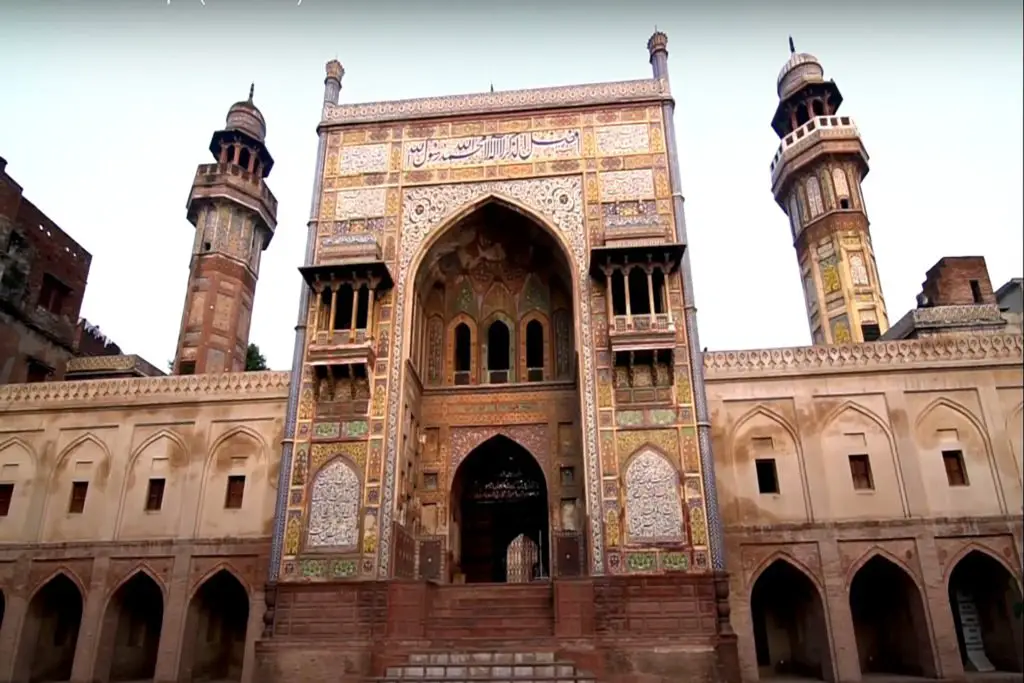Dharmarajika Stupa is an ancient Buddhist site located in the city of Taxila in present-day Pakistan. The stupa was built during the Mauryan Empire, which ruled much of South Asia from 322 to 185 BCE, and it is believed to have been constructed by the famous Mauryan emperor Ashoka.
The stupa was an important religious site for Buddhists and served as a place of worship and pilgrimage. It was one of many such sites that were built throughout the Mauryan Empire and played a significant role in the spread of Buddhism throughout the region.
Dharmarajika Stupa History
The Dharmarajika Stupa is one of the most significant Buddhist stupas located in Taxila, Pakistan. It was built during the Mauryan period in the 3rd century BCE and is believed to have been constructed by the Mauryan Emperor Ashoka. The stupa is a prominent symbol of Buddhism and is considered to be one of the most important Buddhist sites in the region.
The stupa was discovered during the British colonial period in the early 1900s. Excavations at the site revealed that the stupa was originally built as a mud-brick structure, which was later reconstructed and expanded with stone during the Kushan period. The stupa was constructed on a raised platform with a circular base, and was adorned with elaborate carvings and decorations.
The Dharmarajika Stupa is particularly significant as it is believed to have housed some of the relics of the Buddha. According to Buddhist tradition, after the Buddha’s cremation, his ashes were divided into several parts and distributed among his followers. These relics were then enshrined in stupas across the Indian subcontinent as a way of honoring the Buddha’s memory and spreading his teachings.
Over the centuries, the Dharmarajika Stupa fell into disrepair and was damaged by various invasions and natural disasters. However, it was later restored and renovated by various rulers and Buddhist communities, including the Kushans, the Indo-Scythians, and the Gandharans.
Today, the Dharmarajika Stupa is an important pilgrimage site for Buddhists from around the world. It is also a popular tourist attraction and a significant cultural and historical landmark of Pakistan. The stupa remains an enduring symbol of the ancient Buddhist heritage of the region, and a testament to the enduring legacy of the Buddha’s teachings.
Dharmarajika Stupa – Image Gallery
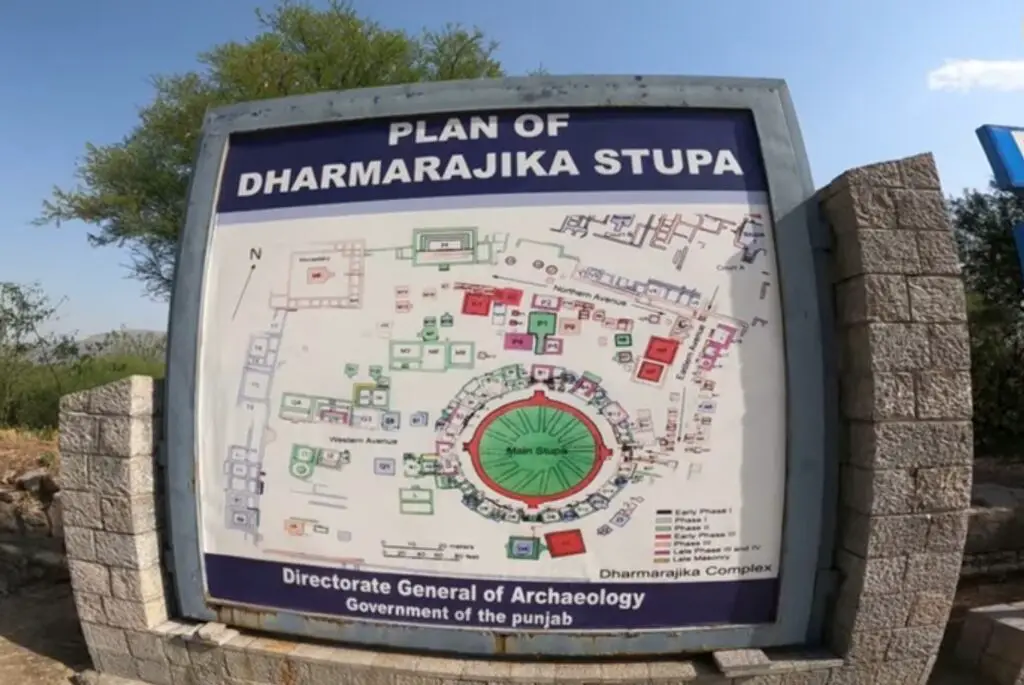
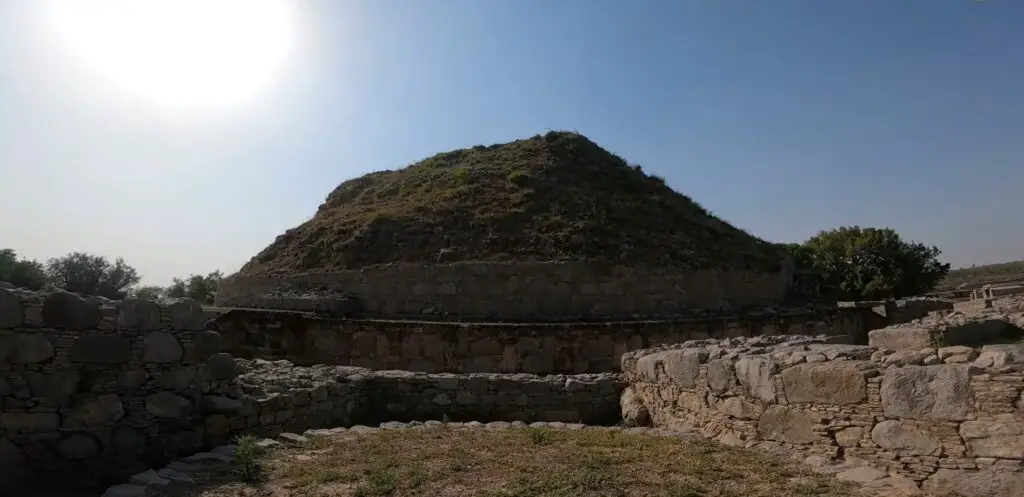
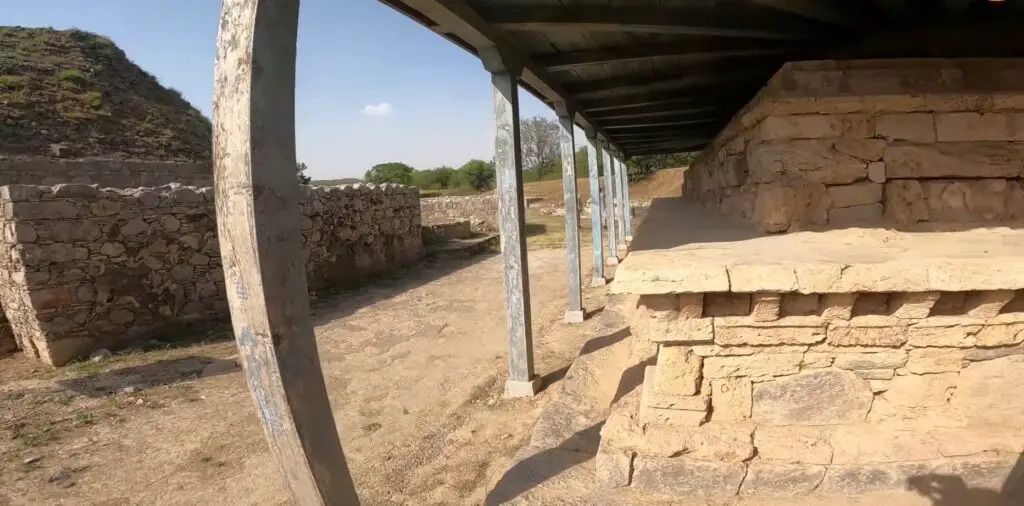
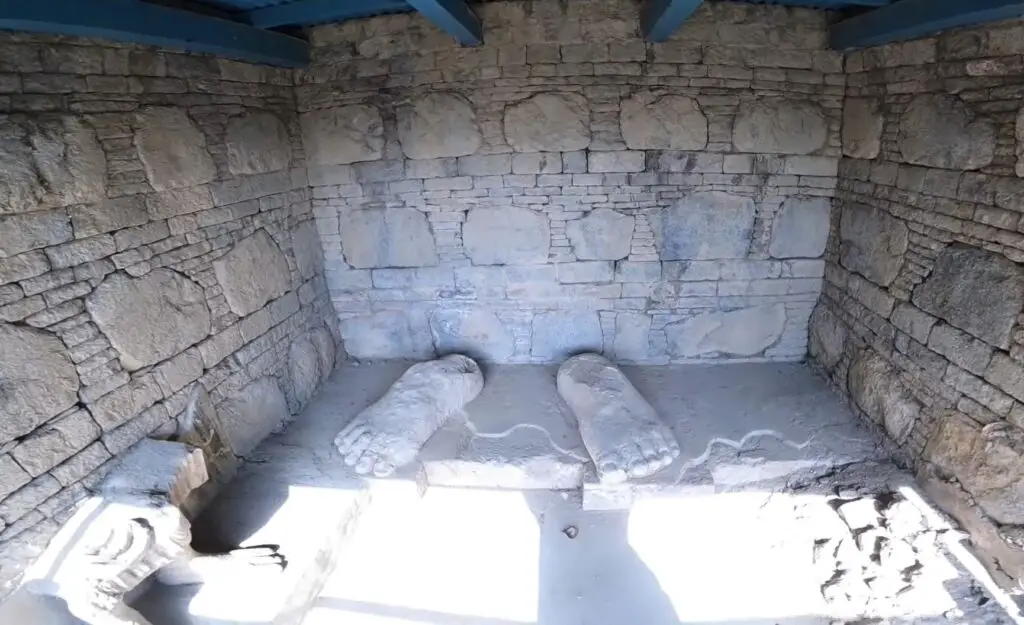

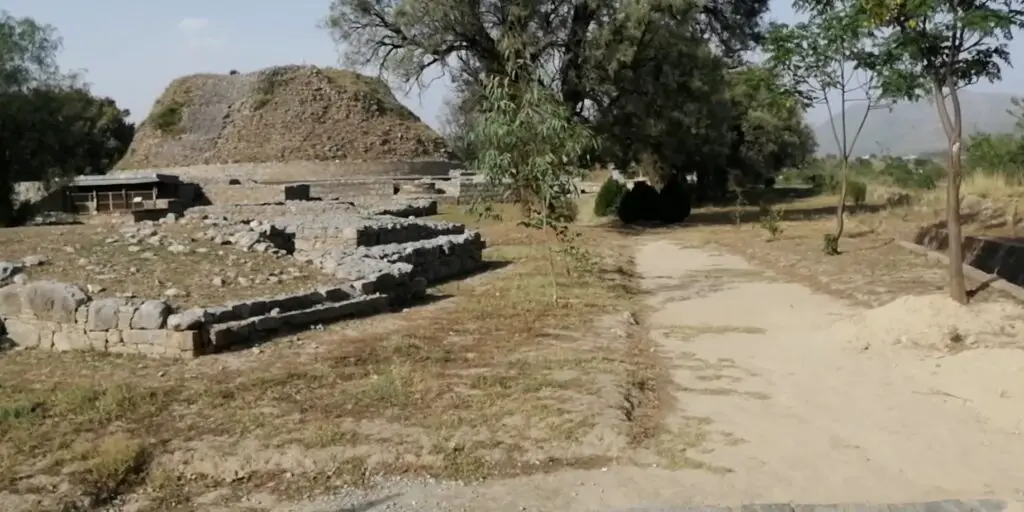
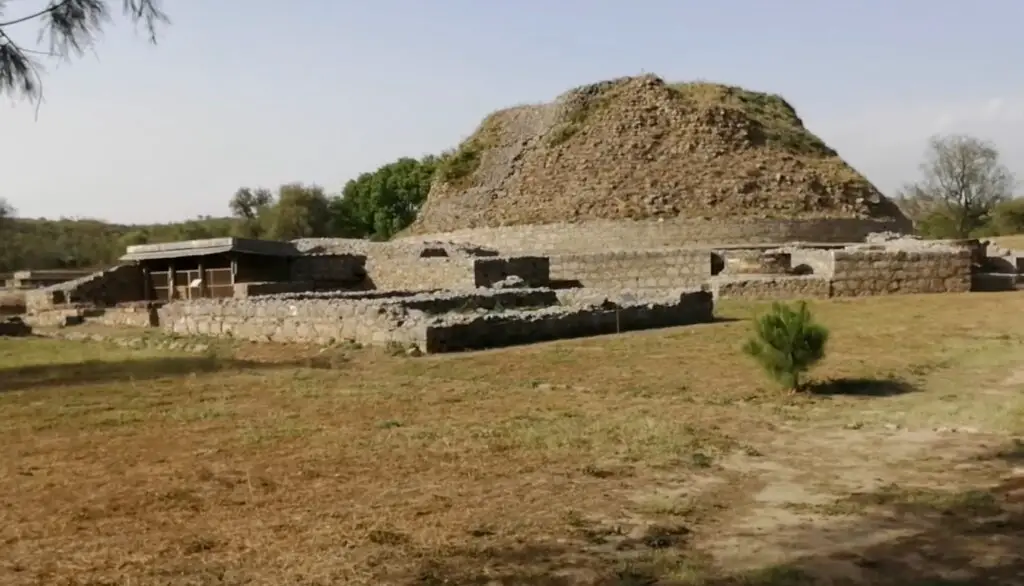
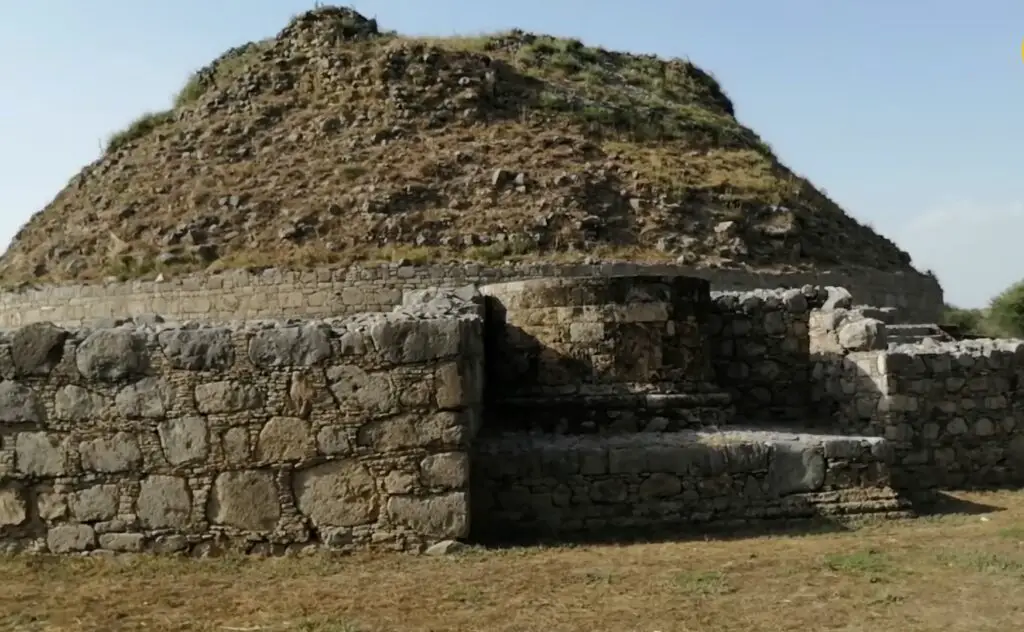
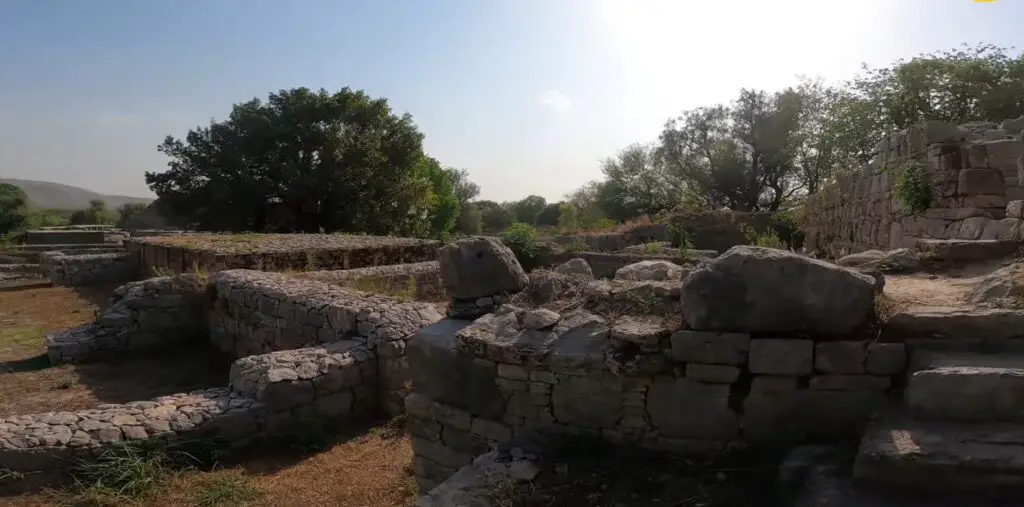
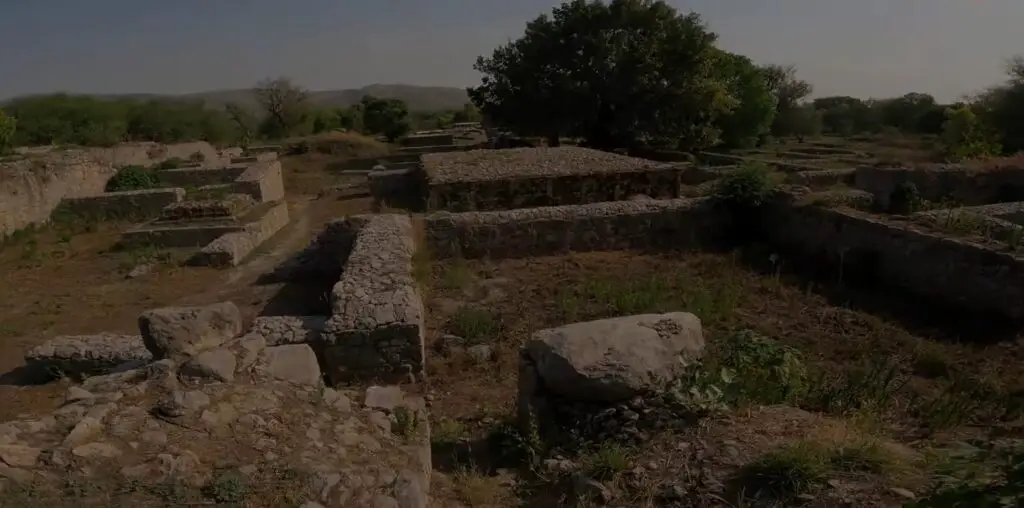
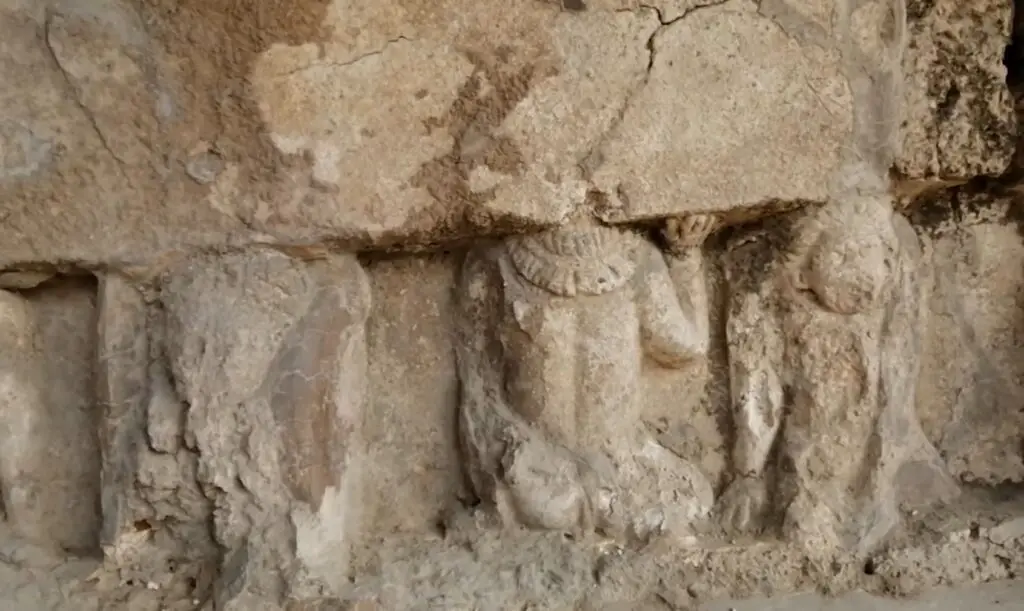
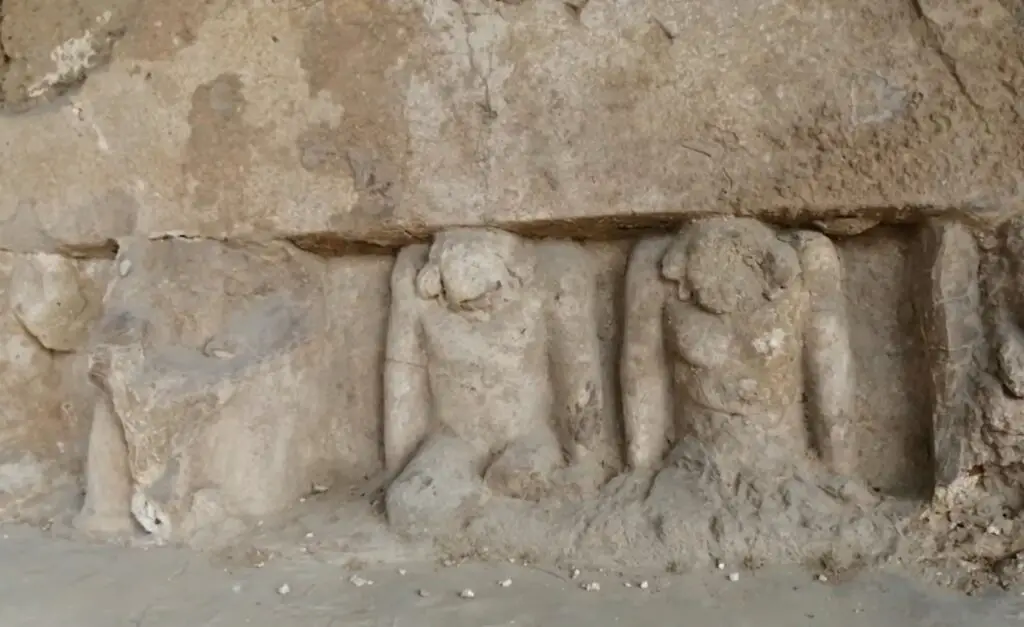
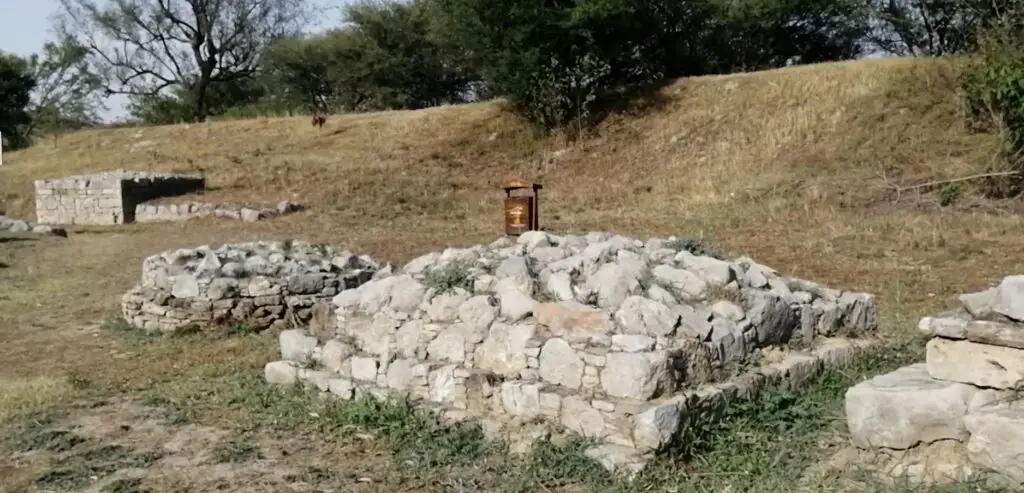
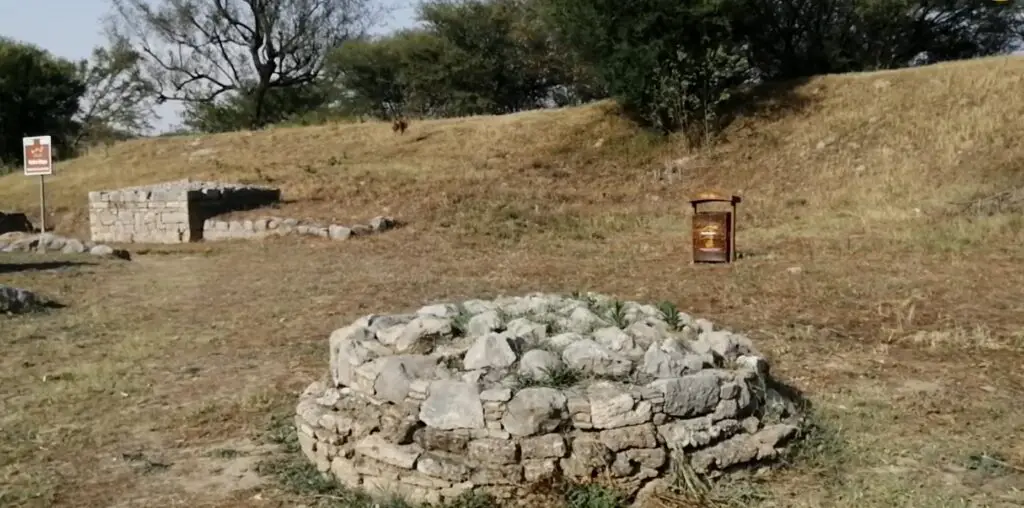
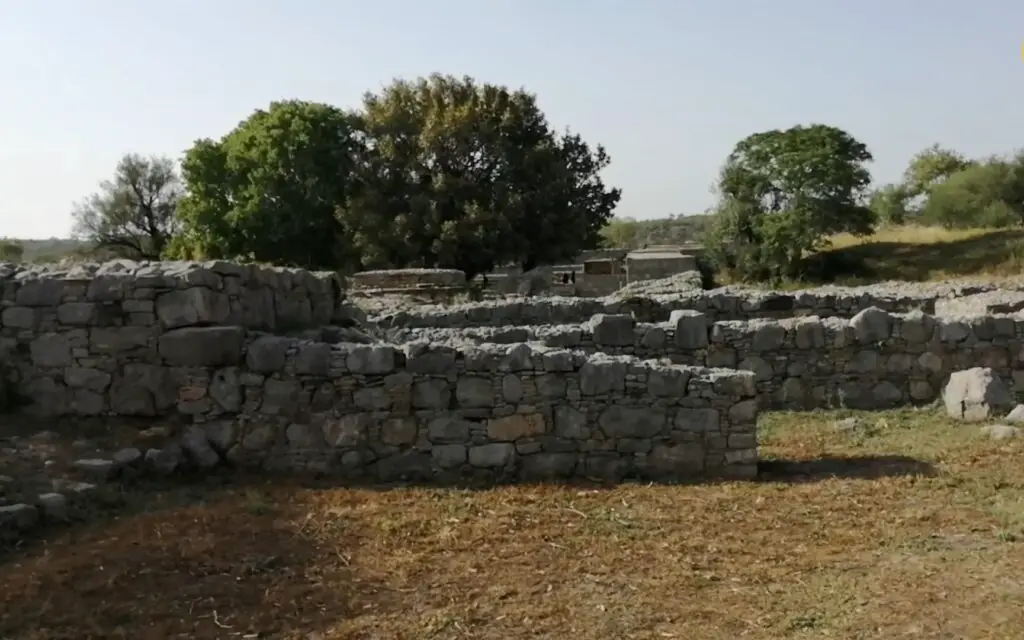
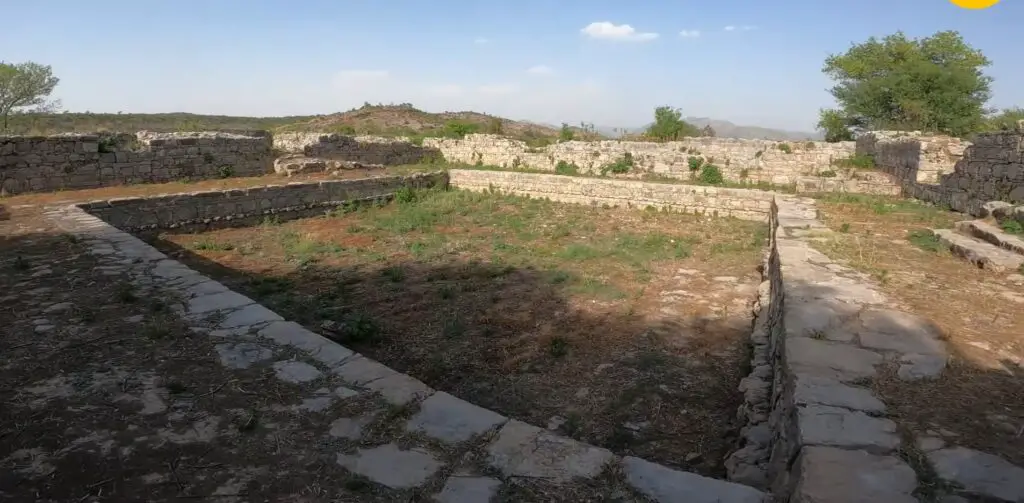
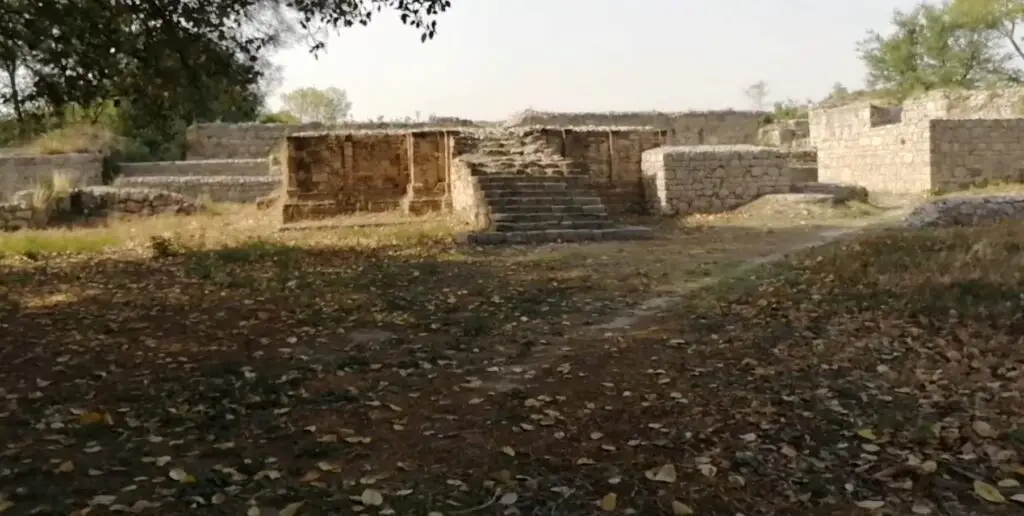
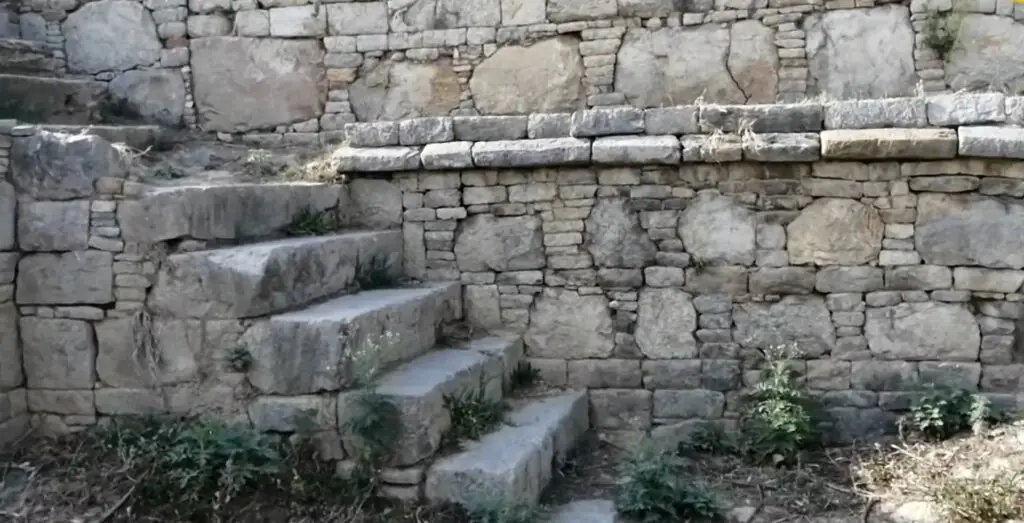
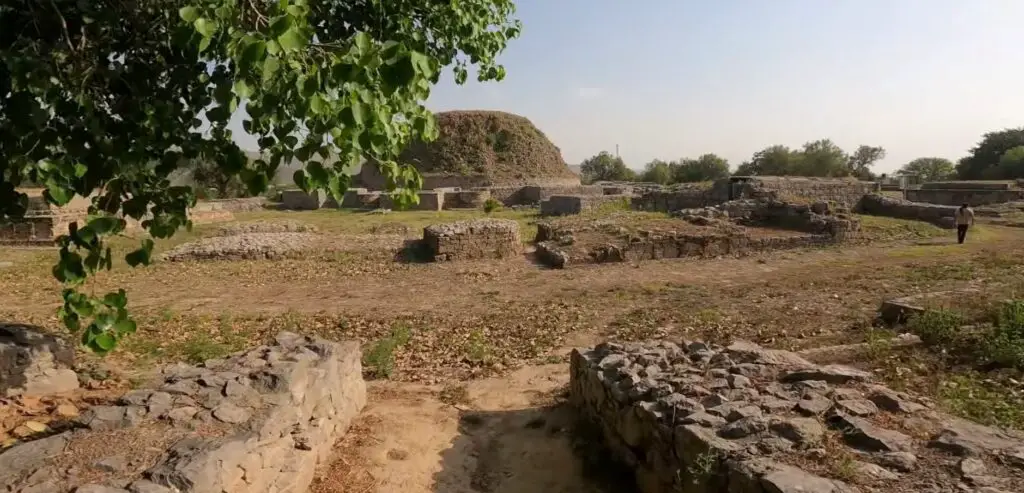
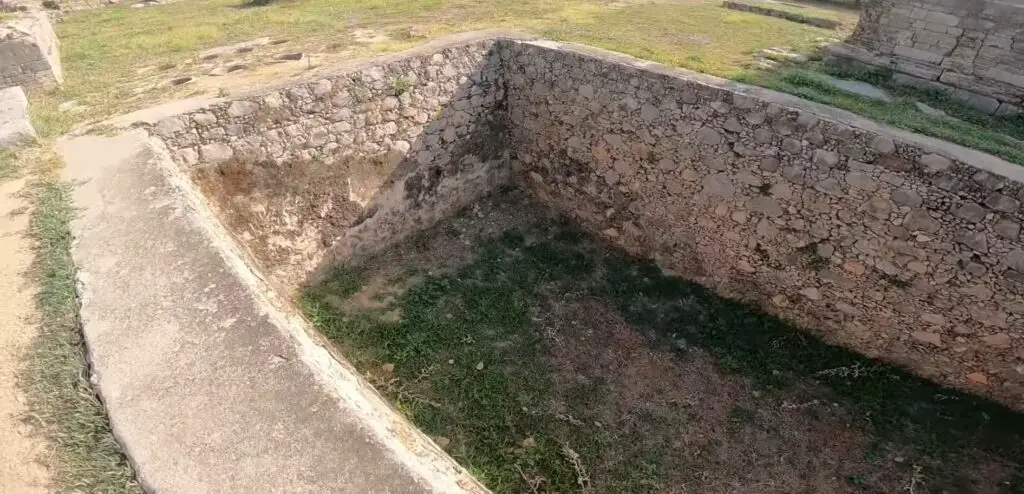
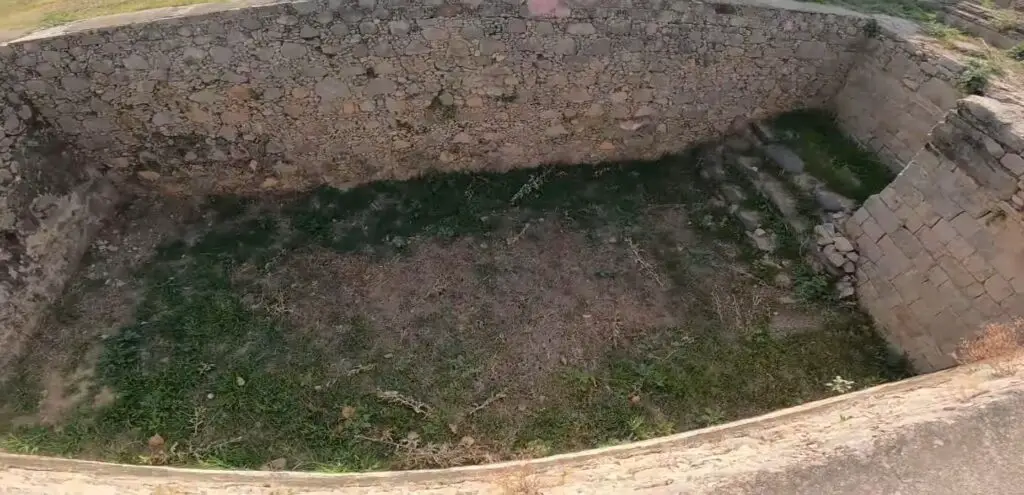
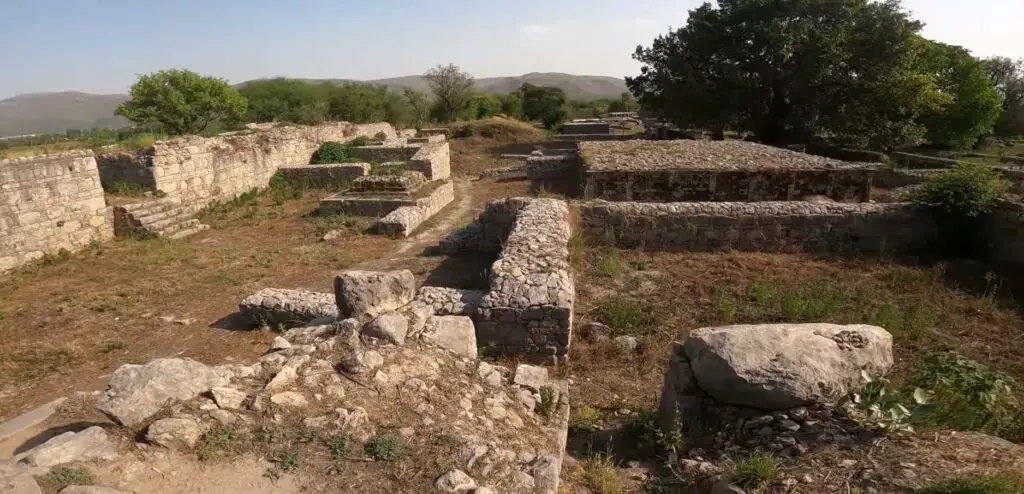
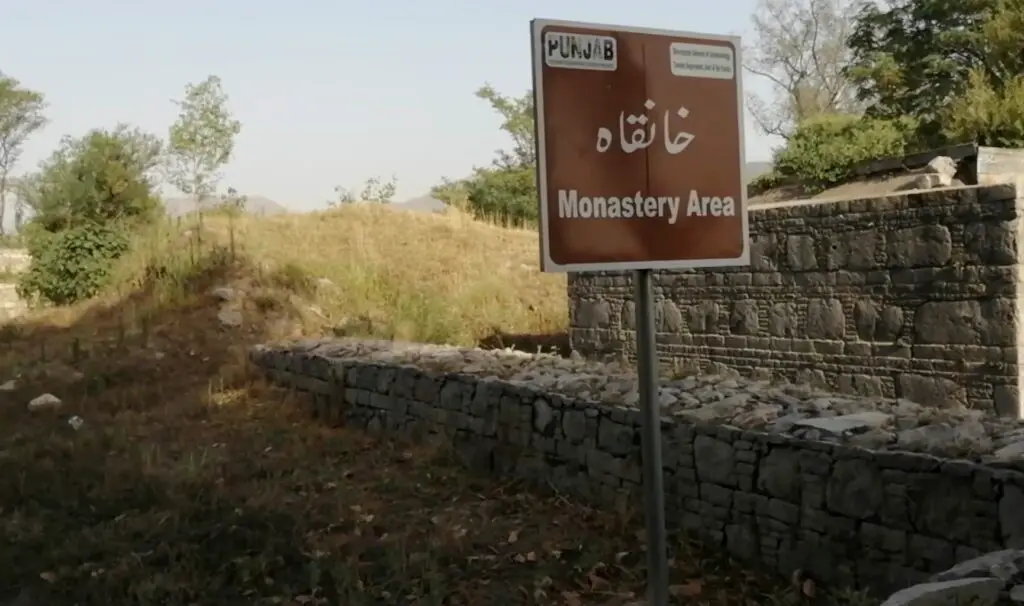
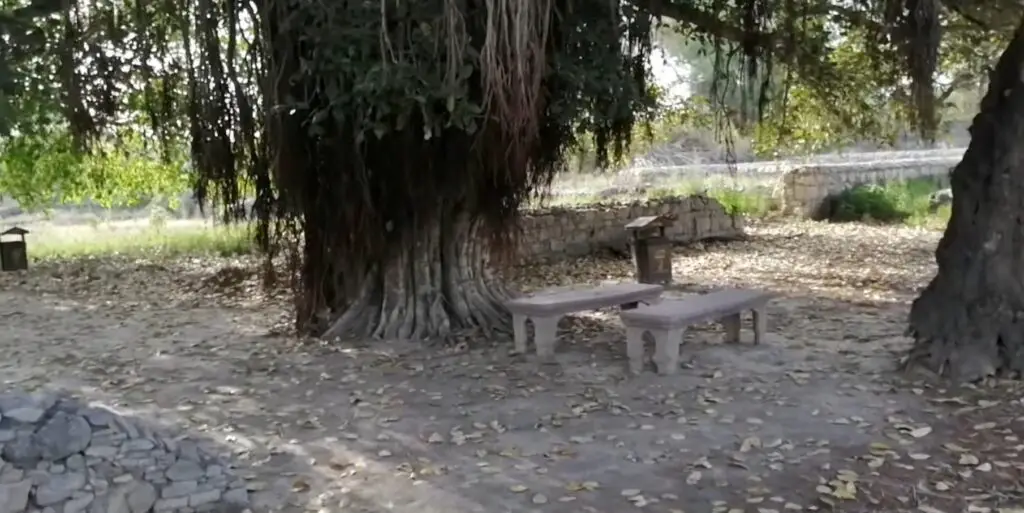
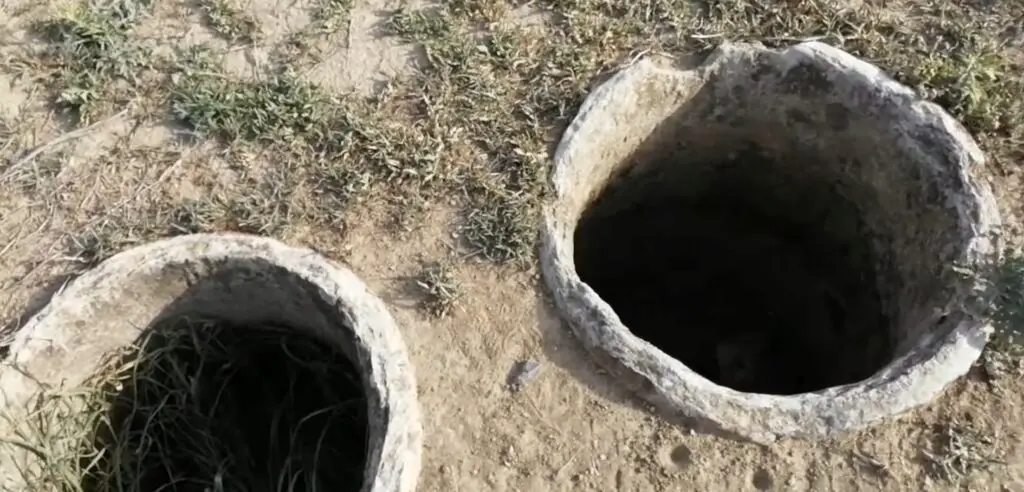
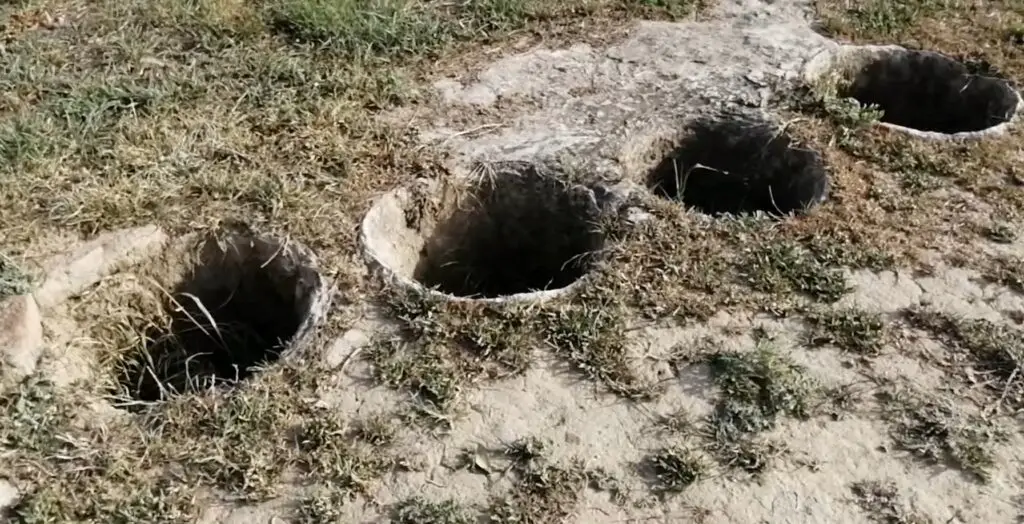
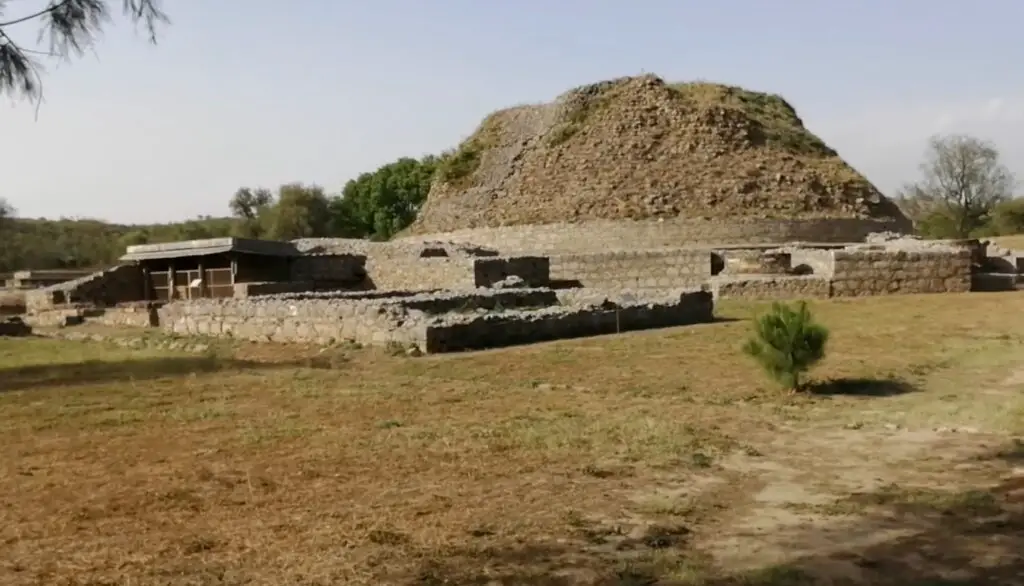
Who built Dharmarajika stupa?
The Dharmarajika Stupa is believed to have been constructed by the Mauryan Emperor Ashoka.
Dharmarajika Buddhist Monastery Complex
The Dharmarajika Stupa was constructed using a combination of bricks and stone, and it stands over 50 feet tall. The structure is surrounded by a large courtyard and features a number of impressive carvings and sculptures.
One of the most notable features of the stupa is the Ashoka pillar, which is located nearby. The pillar is inscribed with a number of edicts from the Mauryan emperor, including a call for peace and tolerance among all peoples.
Over the centuries, the Dharmarajika Stupa fell into disrepair and was largely forgotten. However, it was rediscovered by British archaeologists in the 19th century, and efforts were made to restore and preserve the site.
First University of the World at Dharmarajika Taxila
There is a historic complex that is believed to have housed a university, potentially one of the earliest in the world or at least among the earliest. Although only remnants of the university remain today, it is renowned for being the educational institution where notable figures from ancient times received their education. Chief among these is Chanakya, who served as the prime minister of the Chandragupta Maurya dynasty. It was within this university’s premises or its vicinity that Chanakya composed his globally acclaimed work, the “Arthashastra.”
Another prominent figure associated with this university is Panini, who held the position of a professor. His expertise lay in Sanskrit, and during his tenure at the university, he meticulously formulated the grammar rules for the Sanskrit language. Many other illustrious individuals also attained their education from this distinguished university. Interestingly, it is believed that even Alexander the Great paid a visit to this place.
Today, the site stands as a collection of stone walls without their original roofs, preserving the echoes of its rich educational and historical legacy.
Today, the Dharmarajika Stupa is a popular destination for tourists and scholars who are interested in the history and culture of the region. Visitors can explore the ruins of the stupa and learn more about the rich history of the Mauryan Empire and the spread of Buddhism throughout South Asia.
The stupa is also an important cultural and religious site for modern Buddhists, who continue to visit the site and offer prayers and offerings. The Dharmarajika Stupa is a testament to the enduring legacy of the Mauryan Empire and the rich cultural heritage of the region.

